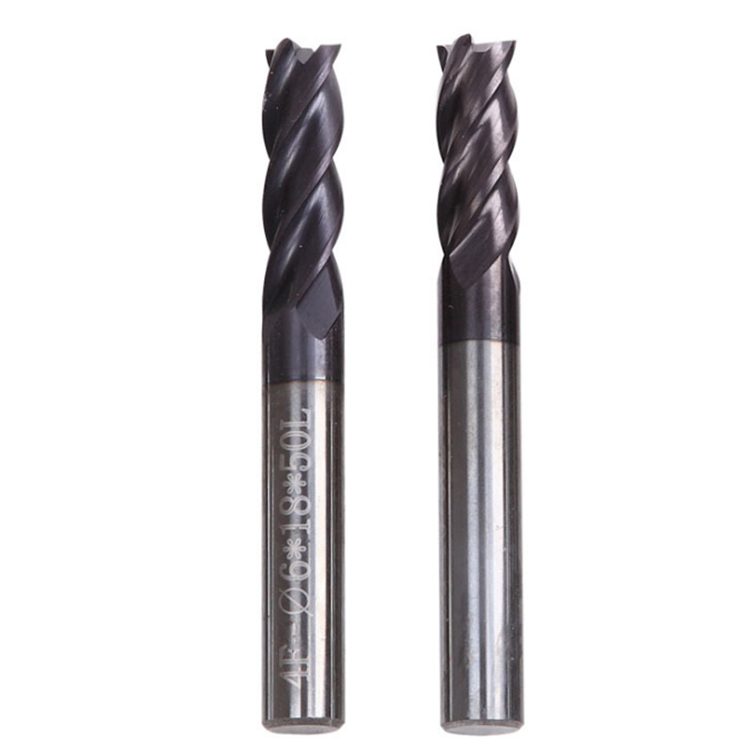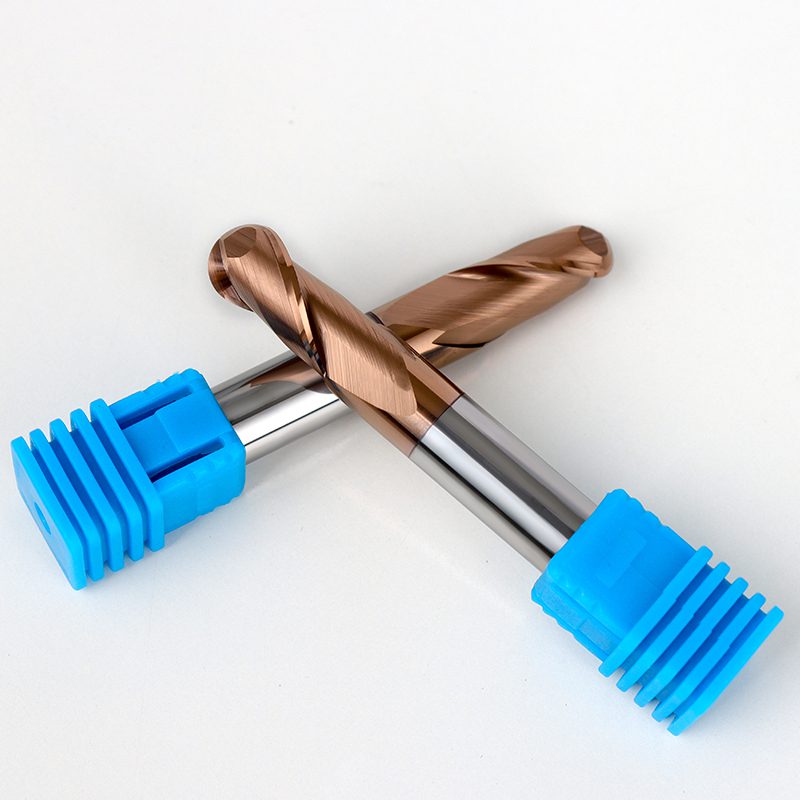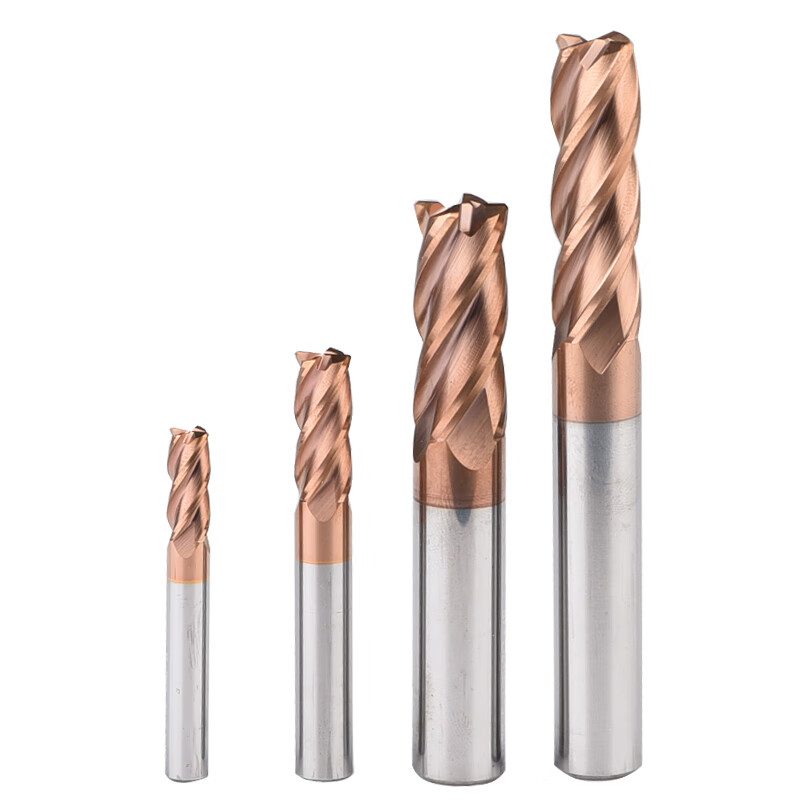
Essential Cutting Tools for CNC Machining: A Comprehensive Guide
(Introduction)
While CNC machining fundamentally involves metal cutting, its highly automated, continuous operation presents unique challenges. Tool setup is more complex and time-consuming than in traditional machining, making tool selection absolutely critical for efficiency and cost-effectiveness. The right tool is the first and most crucial step toward maximizing productivity in any CNC machining operation. This guide provides an in-depth look at the common cutting tools, their applications, and expert tips to optimize their use.
1. Tool Materials and Coatings: The Foundation of Performance
Modern tool materials are engineered with specific properties—like low friction, high hardness, excellent thermal conductivity, and toughness—to meet diverse machining challenges.
- Common Materials: High-Speed Steel (HSS) and Carbide (Tungsten Carbide) are the workhorses for most general CNC applications. Carbide, in particular, is favored for its superior hardness and wear resistance at high temperatures.
- Advanced Materials: For demanding applications like high-speed machining, dry cutting, or processing difficult-to-machine materials (e.g., Inconel, titanium), Ceramics, Cubic Boron Nitride (CBN), Polycrystalline CBN (PCBN), and Polycrystalline Diamond (PCD) tools are used. These super-hard materials offer exceptional performance but come at a higher cost and require specific machining parameters and rigid machine tools.
2. The Critical Role of Tool Coatings
Coatings are a game-changer in modern machining, significantly enhancing tool life and performance by reducing friction and dissipating heat.
- Benefits: A properly coated tool can last up to 10 times longer than an uncoated one, allowing for higher cutting speeds and feeds.
- Common Coating Types:
- Titanium Nitride (TiN): A general-purpose coating offering increased hardness and oxidation resistance.
- Titanium Carbonitride (TiCN): Offers better wear resistance and lubricity than TiN, excellent for stainless steel and cast iron.
- Titanium Aluminum Nitride (TiAlN) / Aluminium Titanium Nitride (AlTiN): Excellent for high-temperature operations, forming a protective oxide layer. Ideal for dry and high-speed machining.
- Aluminum Oxide (Al₂O₃): Provides outstanding thermal stability and wear resistance for machining steel and cast iron at high speeds.
The evolution from HSS to coated carbide tools has dramatically increased permissible cutting speeds, drastically reducing cycle times.
3. CNC Tool Classification by Geometry and Application
The shape of the tool defines its purpose. The three most common types are End Mills, Ball Nose Mills, and Corner Radius Mills.
1. End Mills (Flat End Mills)

- Description: Featuring cutting edges on both the periphery and bottom (end), end mills are versatile tools for profiling, slotting, and facing 2D geometries.
- Application: They are extremely efficient for machining vertical walls and flat surfaces. However, their sharp corner is a weak point and makes them unsuitable for 3D contouring, as the tip contact point leads to rapid wear and poor surface finish on curves.
2. Ball Nose Mills

- Description: These tools have a hemispherical end, making them ideal for 3D contour machining, such as molds and complex organic shapes.
- Application: The ball-shaped tip allows for smooth, continuous paths over curved surfaces without leaving sharp steps. They are the standard for finishing operations. A key drawback is their inefficiency on flat surfaces due to a small effective cutting diameter and low chip load capacity.
3. Corner Radius Mills (Bull Nose End Mills)

- Description: A hybrid tool featuring a flat bottom with slightly rounded corners. This design combines the strength of an end mill with the contouring ability of a ball nose mill.
- Application: The corner radius distributes cutting forces, reduces chipping, and increases tool life. They are highly effective for both roughing and semi-finishing 3D shapes and are more efficient than ball nose mills on flatter areas. Their main limitation is a “blind zone” where the rounded corner meets the cylindrical body, preventing them from machining sharp internal corners.
4. Troubleshooting Common CNC Tooling Problems
1. Tool Vibration and Chatter
- Causes: Lack of system rigidity, excessive tool overhang, incorrect cutting parameters.
- Solutions:
- Reduce Cutting Forces: Use a smaller tool nose radius, increase the rake angle, use sharp ground inserts, and opt for a higher feed rate.
- Maximize Rigidity: Shorten tool extension, use the largest possible tool diameter, and ensure the workpiece is firmly clamped.
- Disrupt Harmonic Vibration: Variable pitch tool designs are excellent for breaking up resonant frequencies that cause chatter.
2. Rapid Tool Wear and Failure
- Flank Wear (Leading to poor surface finish and dimensional inaccuracy):
- Cause: Excessive cutting speed or inappropriate tool material.
- Solution: Reduce speed, use a more wear-resistant grade (e.g., a tougher carbide substrate or a specialized coating like AlTiN).
- Notch Wear:
- Cause: Abrasive work hardening (common in stainless steel and superalloys) or surface scale.
- Solution: Increase feed rate to cut under the hardened layer, use a tougher grade, and ensure consistent cutting action.
- Built-Up Edge (BUE):
- Cause: Material welding to the cutting edge, common in sticky materials like aluminum and stainless steel at low speeds.
- Solution: Increase cutting speed, use a sharper cutting edge with positive geometry, apply coolant, and use coatings with smooth, lubricious surfaces (e.g., TiCN).
- Tool Fracture and Chipping:
- Cause: Mechanical shock, excessive load, or too weak a cutting edge for the application.
- Solution: Use a tougher, more shock-resistant grade, reduce feed rate or depth of cut, ensure secure clamping, and transition from逆铣 (conventional milling) to顺铣 (climb milling) for a smoother entry into the cut.
(Conclusion)
Selecting the right CNC cutting tool—considering its material, coating, and geometry—is a strategic decision that directly impacts machining efficiency, cost, and part quality. Understanding these fundamentals and how to address common issues is key to optimizing your production process.
Partner with Precision.
At [Your Company Name], we don’t just supply parts; we provide machining solutions. Our expertise in tool selection and machining strategies ensures your projects are completed with unmatched precision and efficiency.
Contact us today to discuss your requirements and experience the difference that expert machining makes.
